Yoga is for Everyone, they say. This ancient practice that originated in India, has gained immense popularity in recent years due to its numerous physical and mental benefits. If you have just embarked on your yoga journey, then this free yoga for beginners guide is for you. It contains everything you need to know about yoga, how to get started with yoga at home, yoga for out of shape beginners, promoting weight loss and some essential beginner tips and practices to make your initial steps into the world of yoga is smooth and enjoyable.
What is Yoga?
Yoga is more than just a physical exercise; it’s a holistic practice that encompasses physical postures (asanas), breathing techniques (pranayama), meditation, and ethical principles. It aims to create harmony between the body, mind, and spirit. Understanding the philosophy behind yoga can deepen your practice and help you connect with its true essence.
Which Type of Yoga is Best for Beginners?
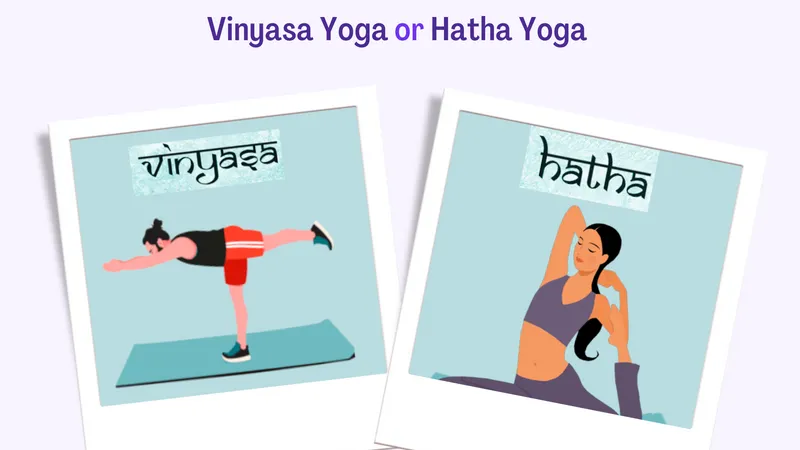
There are several Yoga Asanas in the world with their magical benefits, but according to experts, Hatha yoga and Vinyasa yoga are both great choices for beginners. Hatha yoga’s gentle pace and focus on basic poses and alignment make it ideal for foundational learning and mindfulness, while Vinyasa yoga, especially in beginner or gentle flow classes, offers dynamic movement with breath coordination to enhance strength, flexibility, and mindfulness. The choice between the two styles depends on personal preferences for pace and intensity, but both can provide a solid starting point for beginners in the world of yoga.
How Many Minutes a Day Should a Beginner Do Yoga?
For beginners, starting with 15 to 30 minutes of yoga per day is a reasonable goal. This allows you to establish a consistent practice while gradually building strength, flexibility, and familiarity with poses. As your comfort and confidence grow, you can gradually increase the duration to 30 to 60 minutes per session. Listening to your body’s needs and avoiding overexertion is key to sustainable progress in your yoga journey.
Also Read: Top 20 Benefits of Surya Namaskar
Yoga for Beginners at Home: 10 Tips for Get Started
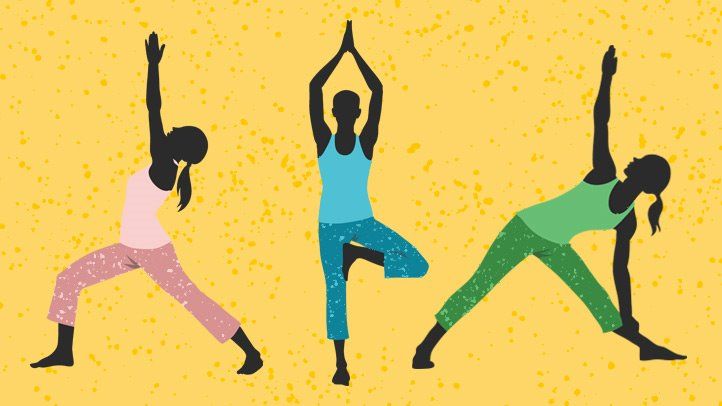
If you find yourself uncertain about how to start yoga for the first time at home, there’s no need to worry. Here are nine valuable tips to guide you as you embark on your path to learning yoga for the first time:
1. Choose the Right Style of Yoga
Yoga comes in various styles, each with its own focus and intensity. As a beginner, it’s crucial to choose a style that suits your goals and physical condition. Hatha yoga is a great starting point, as it focuses on basic poses and breathing techniques. Vinyasa and gentle flow classes are also beginner-friendly, as they emphasize movement and breathing coordination.
2. Start with Basic Yoga Poses
Don’t feel overwhelmed by advanced poses you might see online. Start with basic poses that help you build strength, flexibility, and balance. Some fundamental poses for beginners include:
Mountain Pose (Tadasana): A simple standing pose that teaches proper alignment and awareness of your body’s positioning.
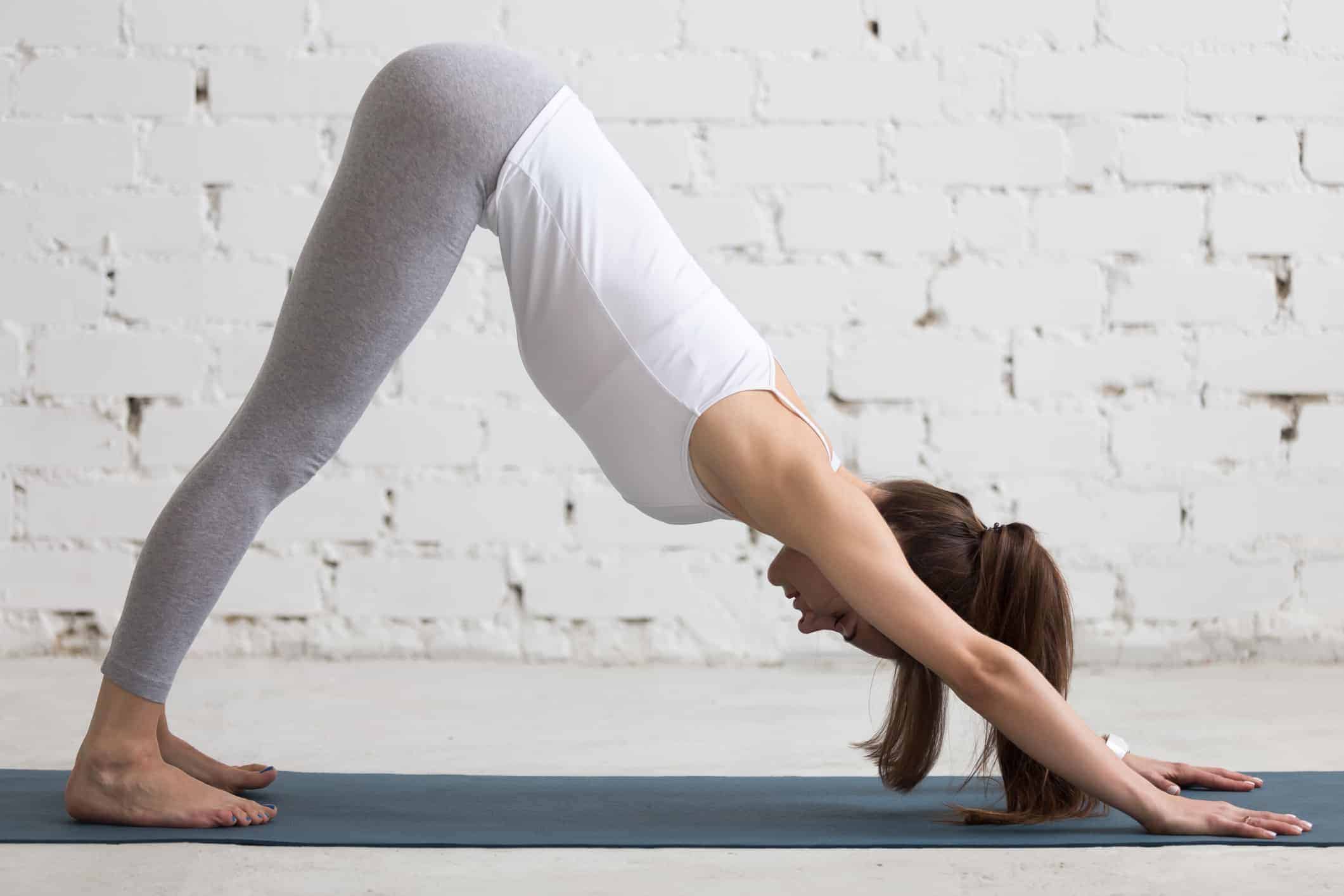
Downward-Facing Dog (Adho Mukha Svanasana): A gentle inversion that stretches the entire body and builds upper body strength.
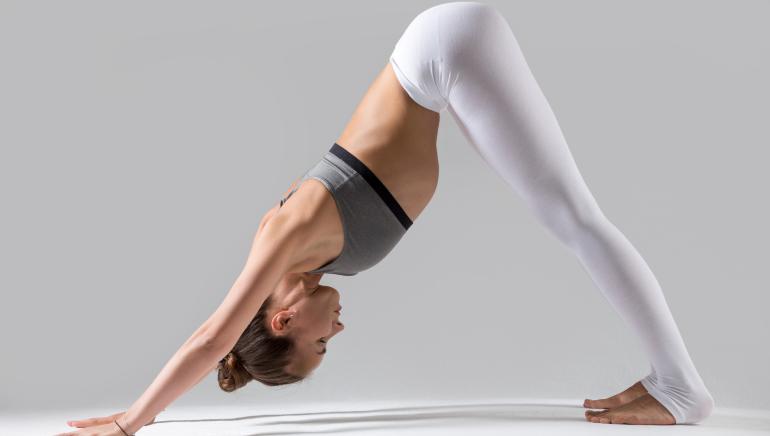
Child’s Pose (Balasana): A resting pose that helps release tension in the back, shoulders, and hips.
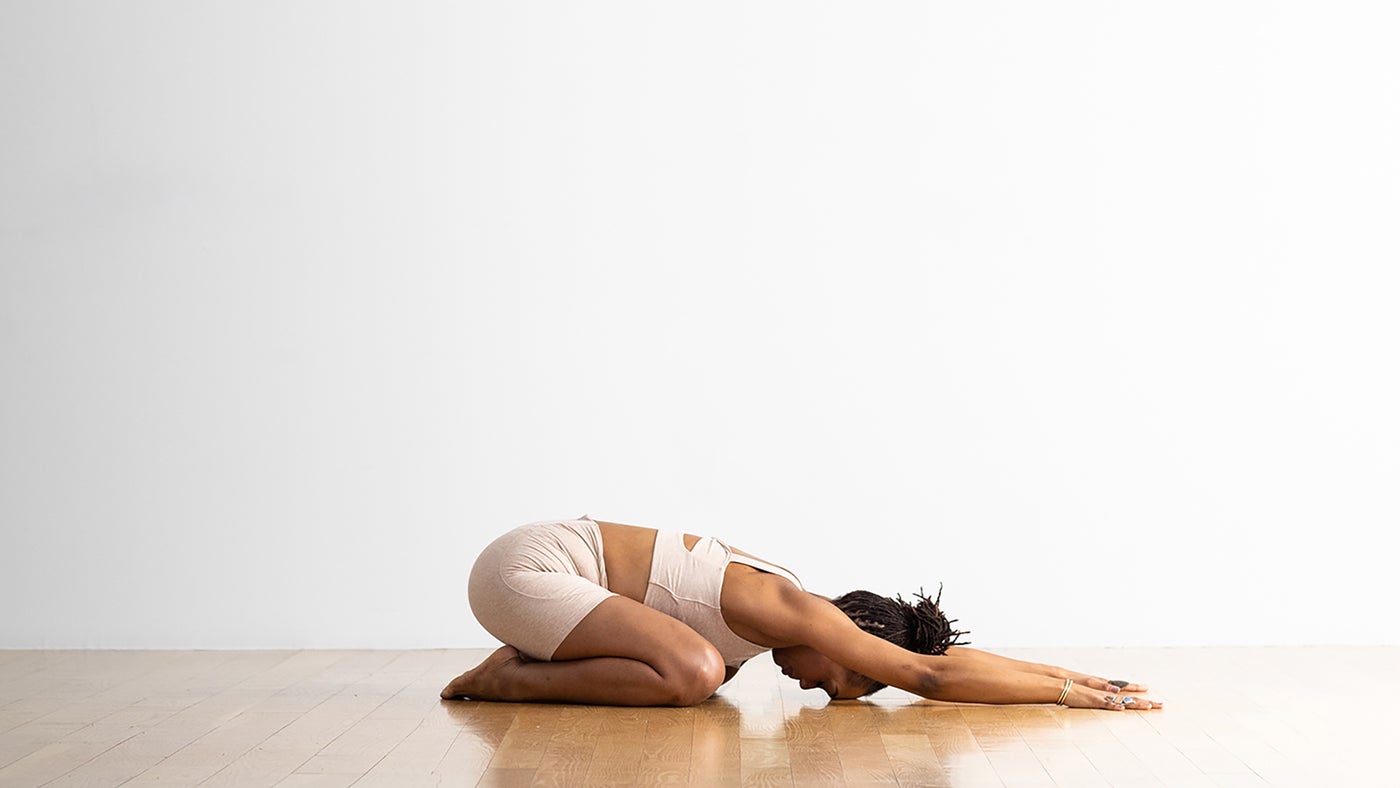
Warrior I (Virabhadrasana I): A standing pose that strengthens the legs and improves focus and balance.
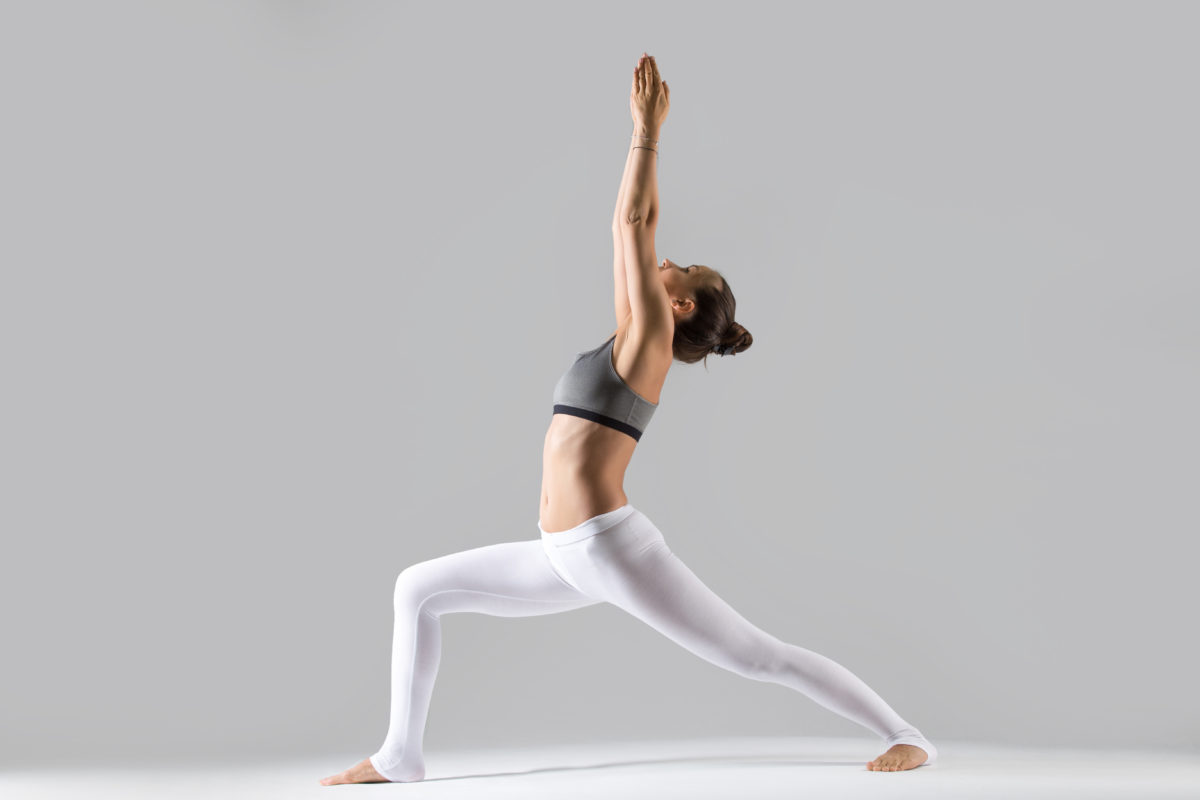
3. Choose Comfort Clothing for Yoga
Selecting the appropriate clothing can significantly enhance your yoga experience. Opt for comfortable and supportive tops, along with yoga pants crafted from breathable fabrics that boast moisture-wicking capabilities. If you’re practicing in cooler conditions, consider investing in thermal athletic wear that can be conveniently layered to provide warmth without hindering your movement.
4. Focus on Breath Work During Yoga
Breathing is a fundamental aspect of yoga. Learning to synchronize your breath with movement helps calm the mind and create a sense of mindfulness. Practice diaphragmatic breathing and explore basic pranayama techniques like deep inhales and exhales.
5. Establish a Yoga Routine
Consistency is key to progress in yoga. Set aside dedicated time for your practice, even if it’s just a few minutes a day. You can gradually increase the duration as you become more comfortable.
6. Listen to Your Body
Yoga is about self-awareness. Pay attention to how your body feels during each pose. If something feels uncomfortable or painful, modify the pose or ease into it gently. Pushing yourself too hard can lead to injuries.
7. Use Yoga Props
Yoga props like blocks, straps, and bolsters can provide support and help you maintain proper alignment. They’re especially useful for beginners who may not have the flexibility or strength for certain poses.
8. Explore Online Resources
There are countless online platforms offering beginner-friendly yoga classes and tutorials. You can find video lessons, guided practices, and even apps designed to help you progress at your own pace.
9. Stay Patient and Positive
Yoga is a journey, not a destination. Progress may be slow at times, but every small improvement is a victory. Embrace the process and approach your practice with a positive mindset.
10. Seek Guidance
Consider taking a few classes with a certified yoga instructor, especially in the beginning. A skilled teacher can provide personalized guidance, correct your alignment, and offer modifications tailored to your needs.
Conclusion
Embarking on a yoga journey as a beginner can be incredibly rewarding. It’s an opportunity to connect with your body, mind, and breath while enjoying a myriad of physical and mental benefits. By understanding the basics, starting with simple poses, focusing on your breath, and maintaining a consistent practice, you’ll be well on your way to experiencing the transformative power of yoga. Remember, it’s not about achieving perfection; it’s about embracing the process and nurturing yourself along the way.





